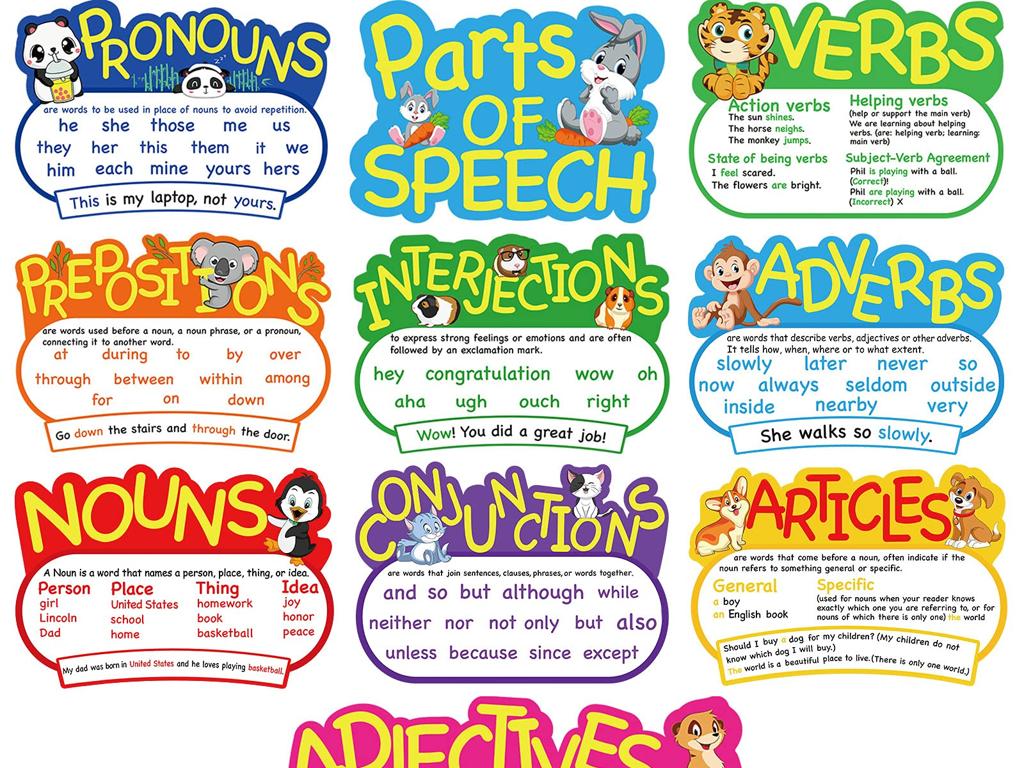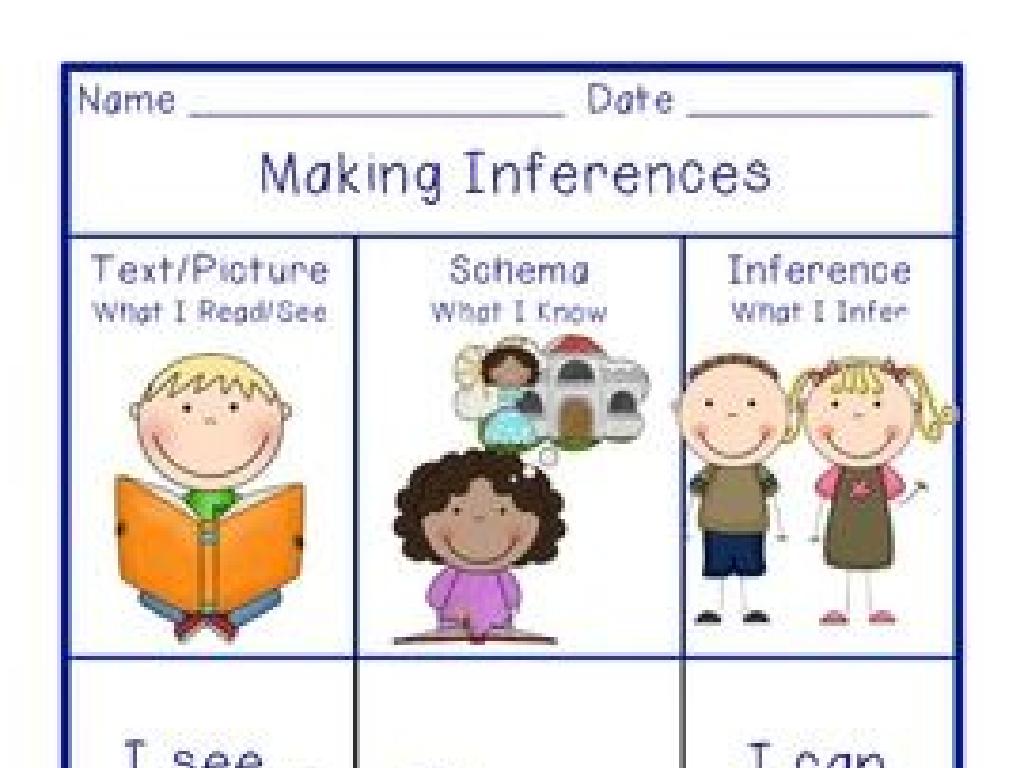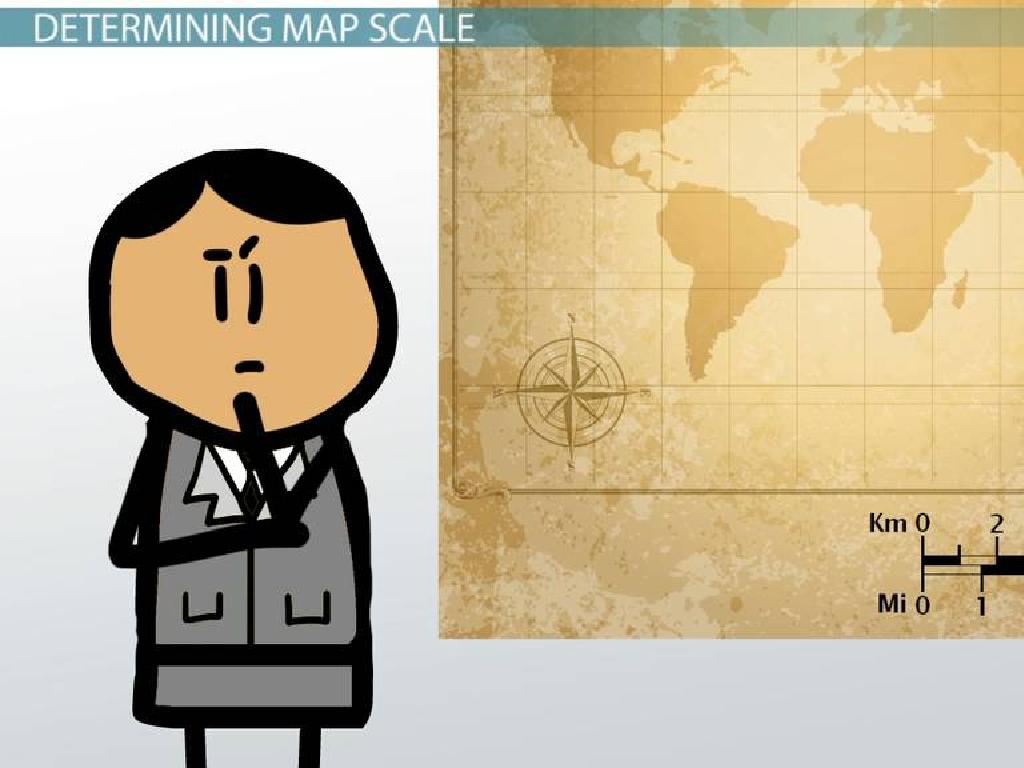What Is Economics?
Subject: Social studies
Grade: Seventh grade
Topic: Basic Economic Principles
Please LOG IN to download the presentation. Access is available to registered users only.
View More Content
Welcome to Economics: Exploring the Basics
– Economics: A fundamental study
– Economics examines how societies use resources and make choices.
– Economics’ role in daily life
– It influences decisions like spending, saving, and working.
– The significance of economic principles
– Understanding economics helps explain world events and personal finances.
– Today’s objective: Define economics
|
This slide introduces students to the subject of economics, setting the stage for understanding its role in society and individual lives. Begin by defining economics as the study of how people use resources and make choices. Highlight how economic principles affect everyday decisions such as what to buy, how much to save, and where to invest money. Emphasize the importance of economics in understanding global events, market trends, and personal financial management. Today’s goal is to ensure students grasp the basic concept of economics and appreciate its relevance. Engage students with examples from current events or their own experiences to illustrate the impact of economics.
Exploring Economics
– Economics defined
– The study of how people use resources to meet needs and wants.
– Economics in daily life
– Every purchase or saving is an economic decision.
– Choices and economics
– Choices involve what to buy with limited money.
– Impact of decisions
|
This slide introduces the concept of economics to seventh graders, starting with a simple definition that encapsulates the study of resource usage for fulfilling needs and wants. It then connects economics to students’ everyday experiences, such as making purchases or saving their allowance, highlighting the omnipresence of economic decisions. Emphasize the role of choices, which are often made under the constraint of limited resources, and how these choices can have far-reaching impacts on an individual’s life and the broader community. Encourage students to think about their own economic choices and the potential outcomes of different decisions.
Types of Economics: Micro & Macro
– Microeconomics: Individual choices
– Study of decision-making by individuals and businesses.
– Macroeconomics: National policies
– Study of large-scale economic factors and government decisions.
– Examples of economic scenarios
– Micro: A family budgeting for groceries. Macro: A government setting tax rates.
– Impact on daily life
|
This slide introduces students to the two main branches of economics: microeconomics and macroeconomics. Microeconomics focuses on the behavior of individuals and businesses, looking at how they decide to allocate resources. Macroeconomics, on the other hand, deals with the economy as a whole, including issues like inflation, unemployment, and economic growth. Provide examples to illustrate these concepts, such as a family deciding how to spend their income (micro) versus a government planning its budget (macro). Encourage students to think about how these economic principles affect their everyday lives and the world around them.
Economic Models and Systems
– Understanding Economic Models
– Simplified representations of complex economic activities
– Types of Economic Systems
– Capitalism, socialism, and mixed economies
– Economic Systems’ Role in Society
– Influence on wealth distribution, job availability, and quality of life
– Comparing Economic Systems
– Analyze how different systems meet societal needs
|
This slide introduces students to the concept of economic models and systems. An economic model is a theoretical construct that represents economic processes by a set of variables and a set of logical and/or quantitative relationships between them. It’s like a map that economists use to simplify and explain real-world economic activities. Students will learn about different types of economic systems, such as capitalism, socialism, and mixed economies, and how these systems can shape the societies that adopt them. They will explore how these systems affect the distribution of wealth, the availability of jobs, and the overall quality of life for citizens. Encourage students to think critically about the advantages and disadvantages of each system and to consider how different economic systems address the needs of society.
Understanding Supply and Demand
– The Law of Supply and Demand
– When demand increases and supply remains, prices go up, and vice versa.
– Determining Market Prices
– Prices adjust based on how much people are willing to pay and how much is available.
– Real-life Supply and Demand
– Examples: Concert tickets (high demand, limited supply) or seasonal fruits.
– Impact on Everyday Life
– This principle affects costs of goods, services, and resources we use daily.
|
The Law of Supply and Demand is a fundamental economic principle that describes how prices are determined in a market. It states that the price of a good or service is directly related to the availability of the item (supply) and the desire of buyers for it (demand). When demand exceeds supply, prices tend to rise. Conversely, if supply exceeds demand, prices tend to fall. Provide students with relatable examples such as the pricing of concert tickets or seasonal fruits to illustrate how supply and demand affect their everyday lives. Encourage students to think of other examples they have observed and discuss how this principle plays a role in the economy.
Money and Trade in Economics
– Understanding money
– Money is a medium of exchange for goods and services.
– Mechanics of trade
– Trade involves exchanging goods or services between parties.
– Money’s role in the economy
– Money facilitates transactions and measures value.
– Trade’s impact on our lives
– Trade allows for specialization and a diverse market.
|
This slide introduces students to the fundamental concepts of money and trade within an economy. Begin by explaining money as a tool that allows people to trade goods and services efficiently, unlike barter systems. Discuss how trade works by highlighting the exchange process and the benefits of trading, such as increased efficiency and access to a variety of goods and services. Emphasize the importance of money in making trade easier and in serving as a measure of value, which helps in pricing goods and services. Highlight how trade contributes to the economy by allowing for specialization, where individuals or countries focus on producing what they’re best at, leading to a more efficient allocation of resources. Encourage students to think of examples of trade in their daily lives and how money simplifies transactions.
Economic Resources and Scarcity
– Types of economic resources
– Natural, human, and capital resources
– Resource allocation methods
– How societies decide who gets what
– Understanding scarcity
– Limited resources vs. unlimited wants
– Making choices in economics
– Trade-offs and opportunity costs
|
This slide introduces students to the concept of economic resources, which are the inputs used to produce goods and services. There are three main types: natural resources (like water and minerals), human resources (labor and skills), and capital resources (machinery and buildings). Allocation refers to how these resources are distributed and utilized in an economy. Scarcity, a fundamental economic problem, arises because resources are limited while human wants are unlimited, leading to the need for making choices. When making economic choices, individuals and societies face trade-offs and must consider opportunity costs, which is the value of the next best alternative given up when making a decision. Encourage students to think about how they make choices with their own limited resources, such as time or money, to relate these concepts to their personal experiences.
Class Activity: Economic Decision Making
– Role-play a market scenario
– Understand decision impacts
– Decisions in markets influence economy’s flow
– Use play money and cards
– Students use materials to simulate buying and selling
– Reflect on the activity
– Discuss how choices affected the outcome
|
This activity is designed to help students grasp the concept of economic decision making through a hands-on role-play. Each student will be given a role card that assigns them a character in the market, such as a buyer, seller, or banker. They will use play money and product cards to engage in transactions. The objective is to simulate a market environment where students can see the direct consequences of their economic decisions. After the role-play, lead a discussion on how different decisions impacted the market scenario. Possible variations of the activity could include changing market conditions, introducing elements of supply and demand, or having students reflect on how their personal choices can affect the broader economy.
Economics: Shaping Our Future
– Recap of economic principles
– We reviewed scarcity, supply & demand, and economic systems.
– Economics in our future
– Consider careers in economics, financial literacy, and global market impact.
– Time for questions
– Reflect on what we’ve learned
– Think about how economics relates to daily decisions and long-term goals.
|
This slide aims to wrap up the session by summarizing the key concepts of economics that were discussed, such as scarcity, supply and demand, and different economic systems. Encourage students to think about how economics will play a role in their future, not just in potential careers but also in their personal financial decisions and understanding of global markets. Open the floor for any questions the students might have, providing answers to solidify their understanding. Finally, prompt students to reflect on everything they’ve learned about economics and how it applies to their everyday life and future aspirations. This reflection helps to reinforce the relevance and importance of economics in their personal and professional development.






